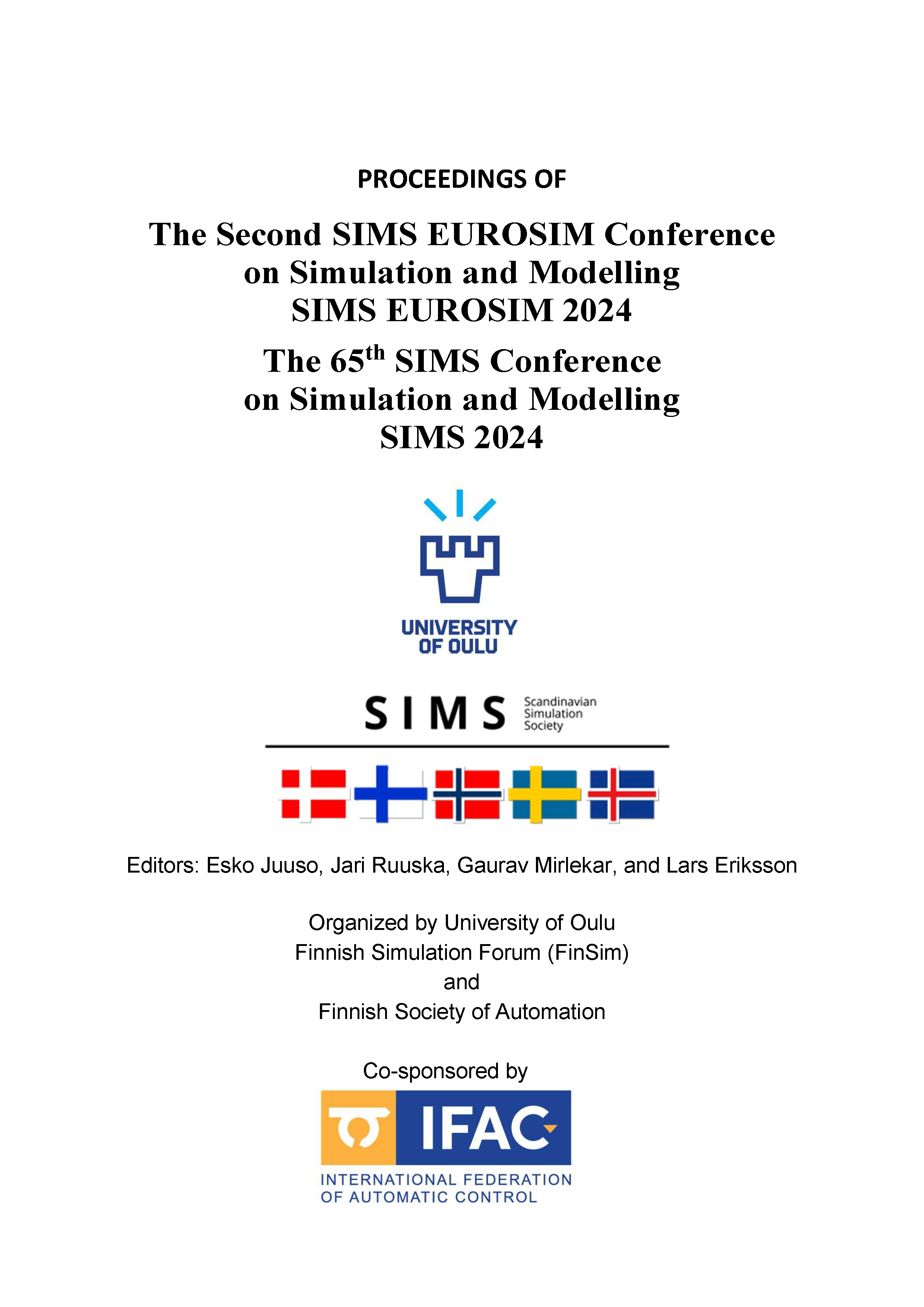Computational Designing Approach for Medium Manganese Steels with Potential Better Hydrogen Embrittlement Resistance
DOI:
https://doi.org/10.3384/ecp212.032Keywords:
Medium Manganese Steels, Hydrogen Embrittlement Resistance, Computational Design, CALPHAD-based Thermodynamic CalculationsAbstract
Medium manganese steels (MMnS) are known as third-generation high-strength steels, providing an excellent balance of high strength and ductility at a lower cost than second-generation steels. However, the increasing demand for steels with improved hydrogen embrittlement resistance highlights the need for the effective development of new alloys. This study explores the computational design of MMnS with a better combination of strength, ductility, and hydrogen embrittlement resistance. Mechanical properties vary due to changes in chemical composition and processing routes. Computational approaches enable precise optimization of these parameters, avoiding the inefficiencies of traditional trial-and-error. Therefore, CALPHAD-based thermodynamic calculations were employed to design a novel MMnS chemistry, increasing the fraction and stability of the retained austenite and providing efficient traps for hydrogen. As a result, the optimised chemical compositions were determined to be (in wt.%): 0.35C-9Mn-1Si-1Mo-1&3Al-0.1Nb, and 0.35C-9Mn-1Si-1Mo-3Al-0.05Nb and 0.3V. Thermo-Calc precipitation simulations identified 0.1% Nb as optimal since higher Nb contents reduce carbon in austenite, lowering its stability, and increase the size of the carbides. This Nb content results in NbC formation with an size distribution around 1 nm, 36 nm, and a size distribution of 1.2×1030, and 5.4×1027respectively. 3% Al promotes the delta ferrite formation and avoids the formation of kappa carbides, and 1% Mo compromises the volume fraction of NbC, strengthening the alloy and serving as an effective hydrogen deep trapping site. 0.3% V was chosen, compromising its effects on the size distribution of VC and available C for the austenitic phase, improving its mechanical stability.Downloads
Published
2025-01-13
Issue
Section
Papers
License
Copyright (c) 2025 Mahmoud Elaraby, Mohammed Ali, Mamdouh Eissa, Jukka Kömi, Pentti Karjalainen, Vahid Javaheri

This work is licensed under a Creative Commons Attribution 4.0 International License.

